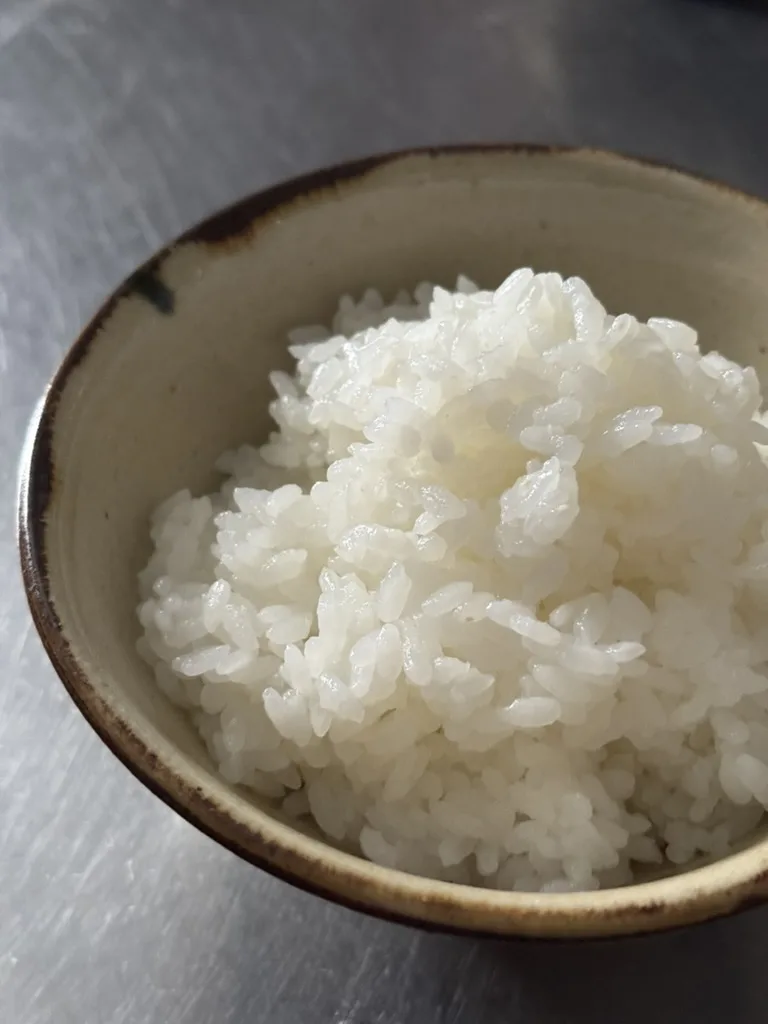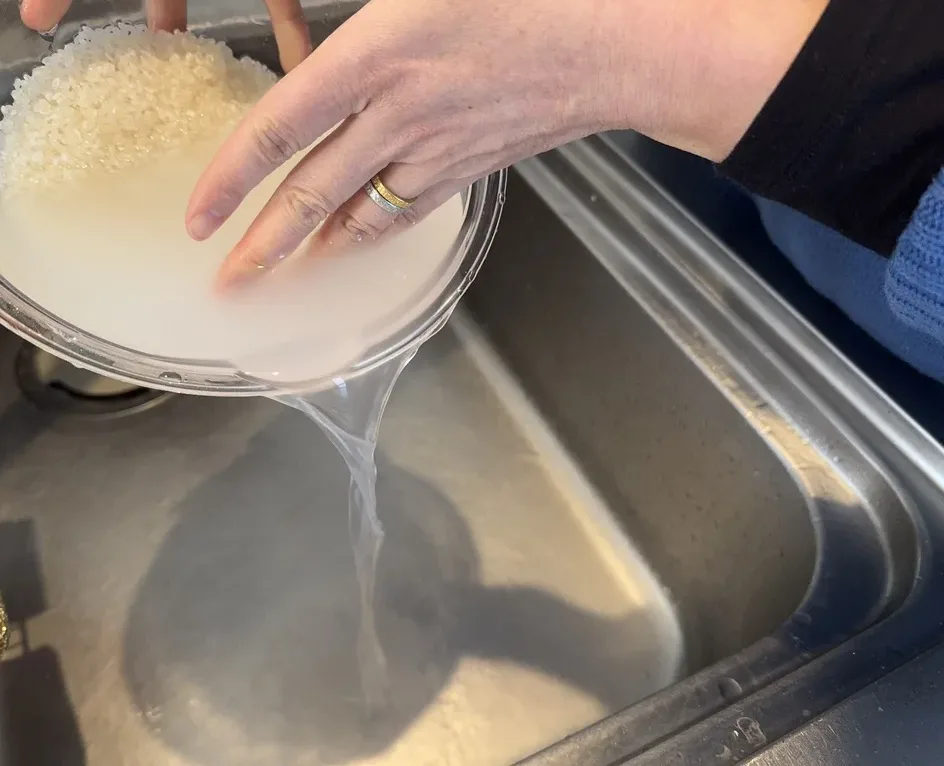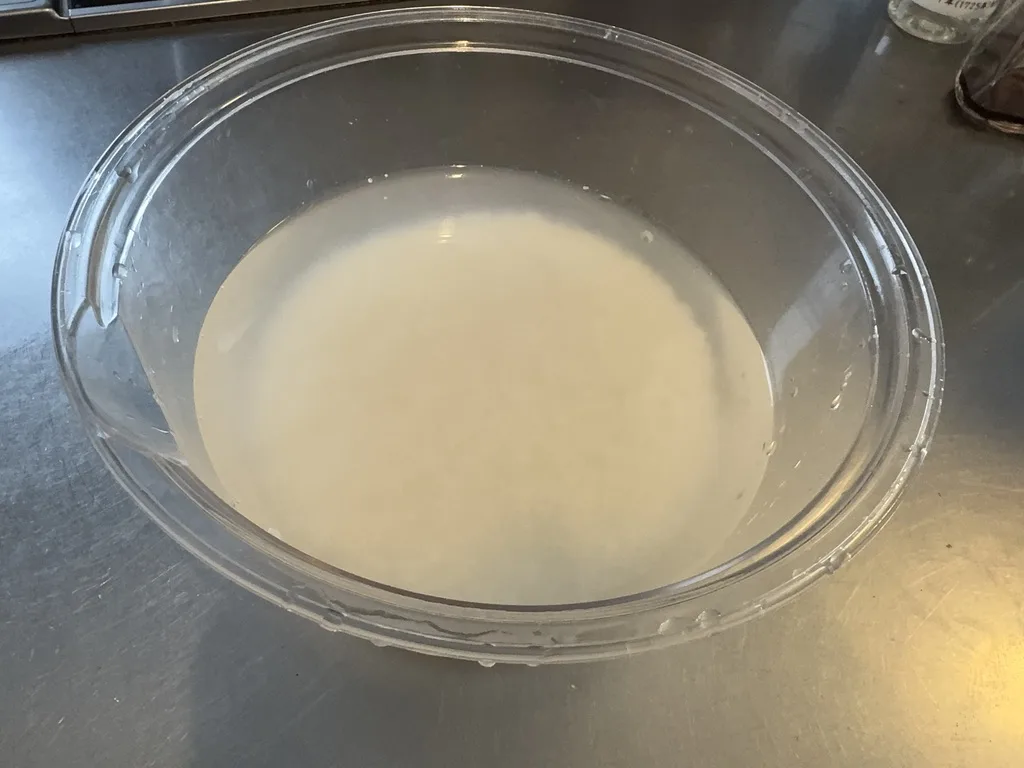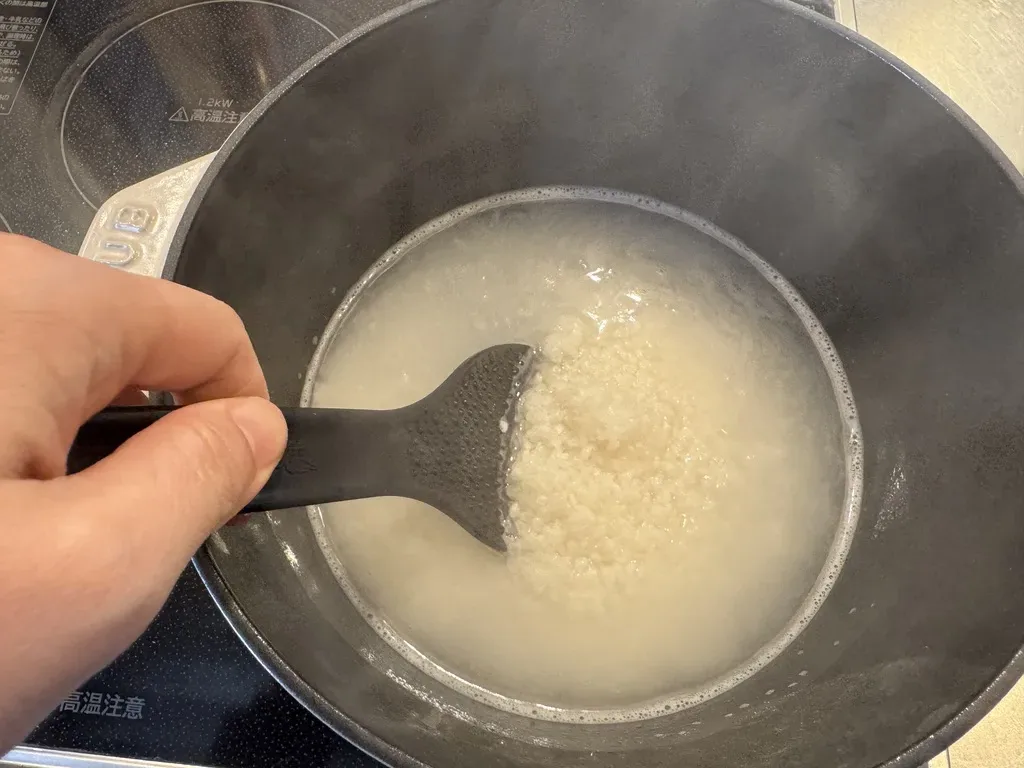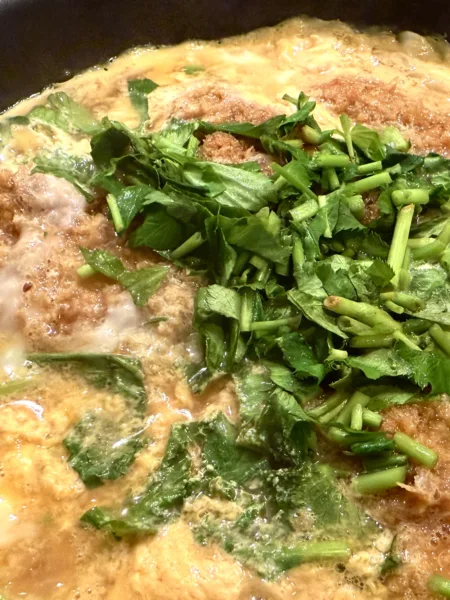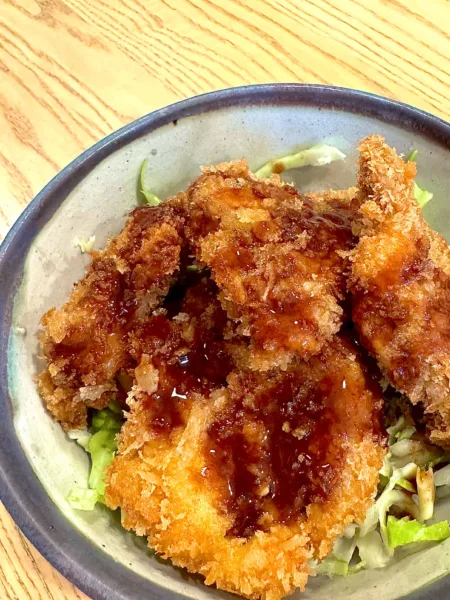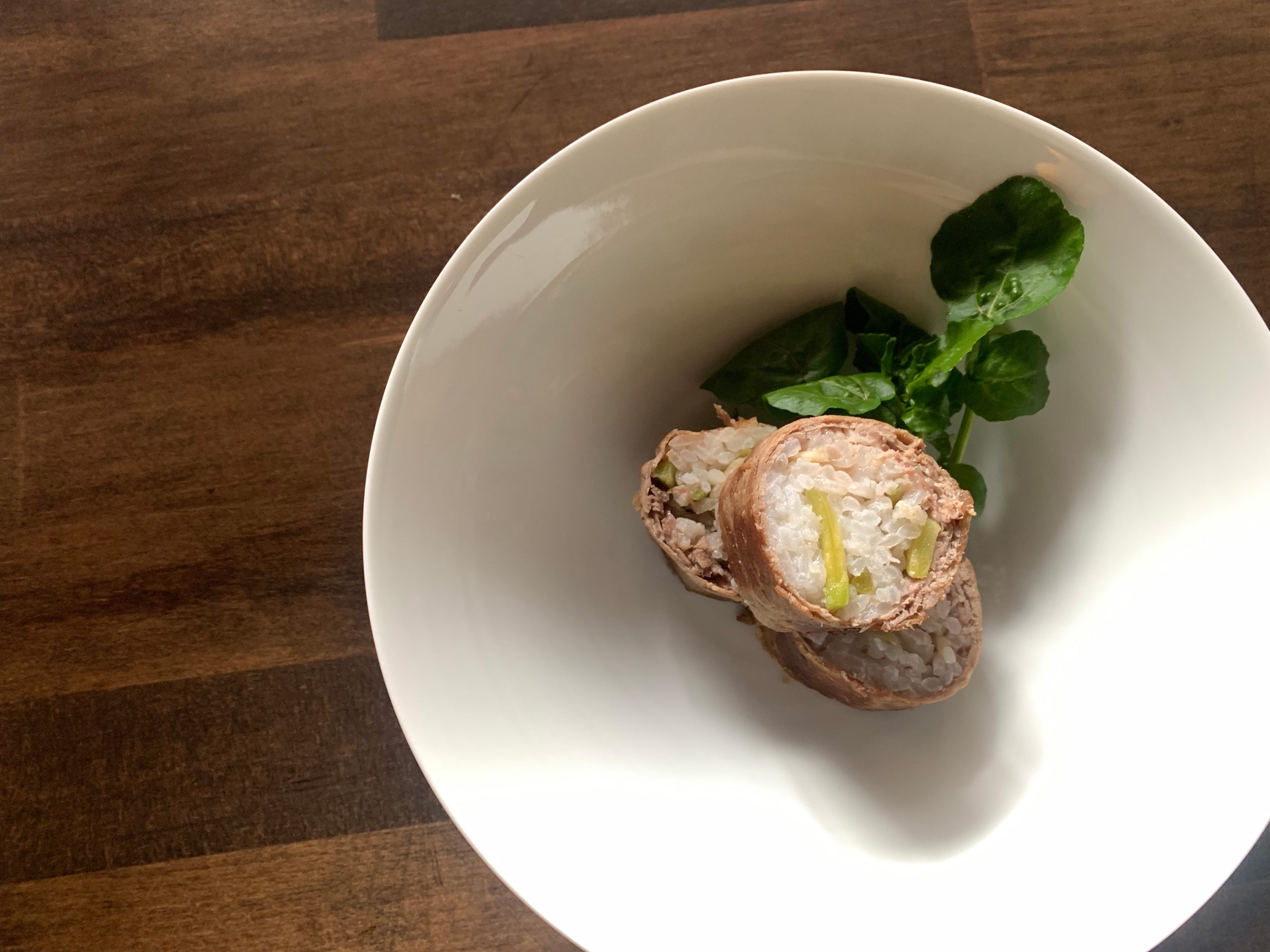Cook Perfect Japanese Rice Without a Rice Cooker
You don’t need a rice cooker to make perfect Japanese rice—just a pot with a good lid. In this recipe, I show you how to cook rice using a regular pot or Dutch oven, which delivers incredible texture and aroma. It’s a method I prefer not only for its taste but also because it suits small kitchens with limited space. (That is the case of almost every Japanese households!) Cooking rice this way helps you connect more deeply with the process and appreciate its transformation. There’s something quietly joyful about lifting the lid to reveal glossy, steaming rice.
Choosing the Right Rice and Getting the Water Right
Japanese rice is typically a short-grain variety like Koshihikari, known for its moist and slightly sticky texture. This recipe uses a simple 1:1 water ratio—assuming you’ve soaked the rice—which gives it just the right bite and balance. Soaking isn’t mandatory, but it helps improve consistency by letting the grains absorb moisture evenly. Measuring your water carefully and adjusting based on rice freshness can make a big difference. These small steps add up to a bowl of rice that feels just right with any Japanese dish.
Store, Freeze, Reheat—And Enjoy It Again
One of the best things about Japanese rice is how well it holds up for later meals. You can freeze leftover rice in single-serving portions and reheat it in the microwave for an almost freshly cooked taste. I recommend storing opened bags of rice in the fridge to preserve their natural flavor and prevent spoilage. With a little planning, cooked rice can become a reliable base for weeknight meals or quick lunches. It’s an everyday staple that works beautifully beyond just one dinner.
Steamed Japanese Rice
Ingredients
Instructions
-
Rinse the rice
Place the rice in a bowl and rinse it with water. Gently stir the rice with your hand, and once the water turns cloudy, pour it out and add fresh water. Repeat this process three times. The reason we rinse rice is to remove dust, debris, and the fine powder that clings to the surface during the milling process when brown rice is polished into white rice. Washing these off helps eliminate any unwanted odors or impurities, allowing you to enjoy the rice’s natural aroma and flavor. However, over-rinsing can wash away some of the nutrients and taste, so it’s generally recommended to rinse the rice about three times.
-
Soak in the water
Soak the rice in 1.5 times as much water as the amount of rice for about 30 minutes.
-
Cook rice
Drain the water then transfer the rice to a pot. Add the measured amount of water, and cook over medium heat without the lid. Once the water starts to boil, gently stir the rice at the bottom with a spatula to prevent it from sticking. As soon as you’ve done that, cover the pot with a lid and reduce the heat to low. Let it cook for 10 minutes. Do not lift the lid!
After 10 minutes, turn off the heat but still keep the lid on. Let the rice sit and steam in the residual heat for another 10 minutes. This steaming step is crucial. It allows the rice to cook through evenly and become fluffy.
After the rice has steamed, open the lid and gently fluff the rice, mixing it from bottom to top. Then cover the pot again and let it sit for another three minutes to ensure it is evenly cooked.
